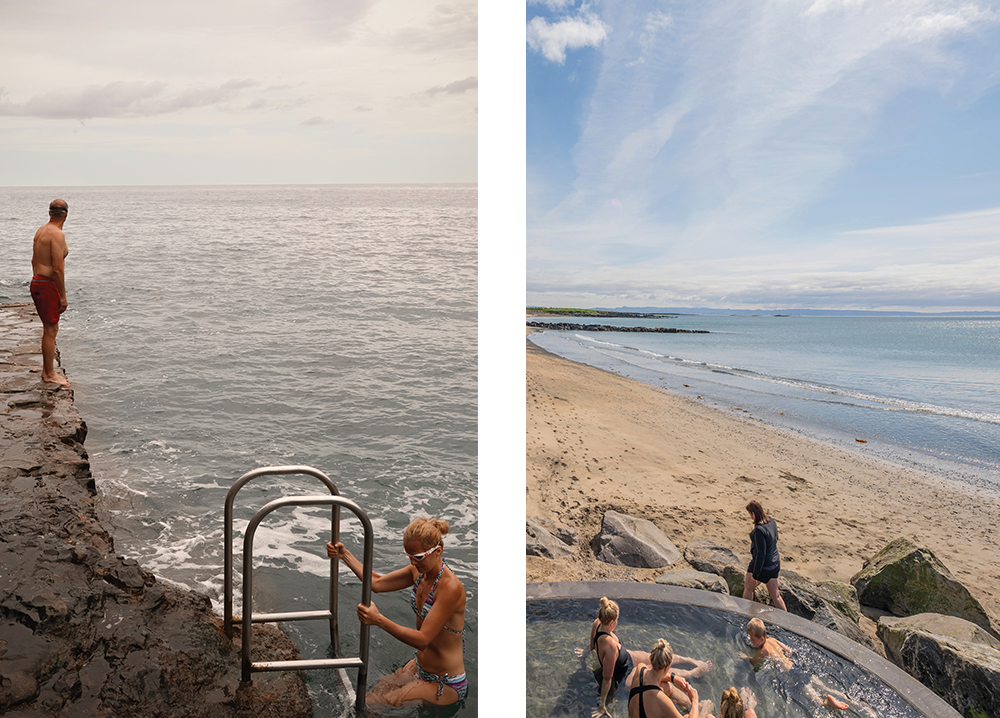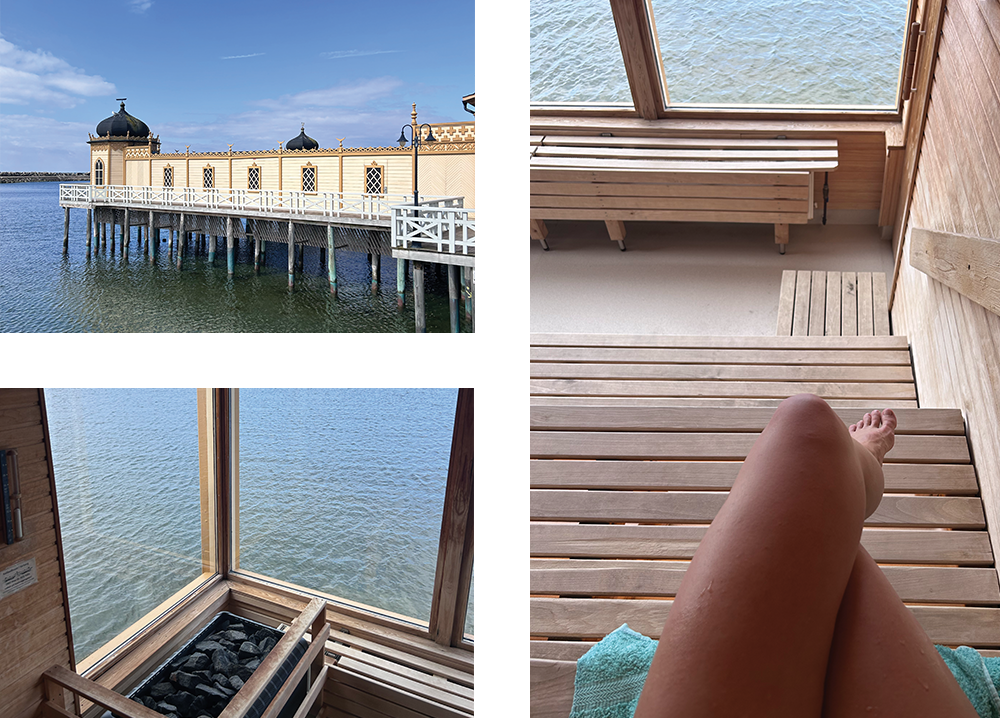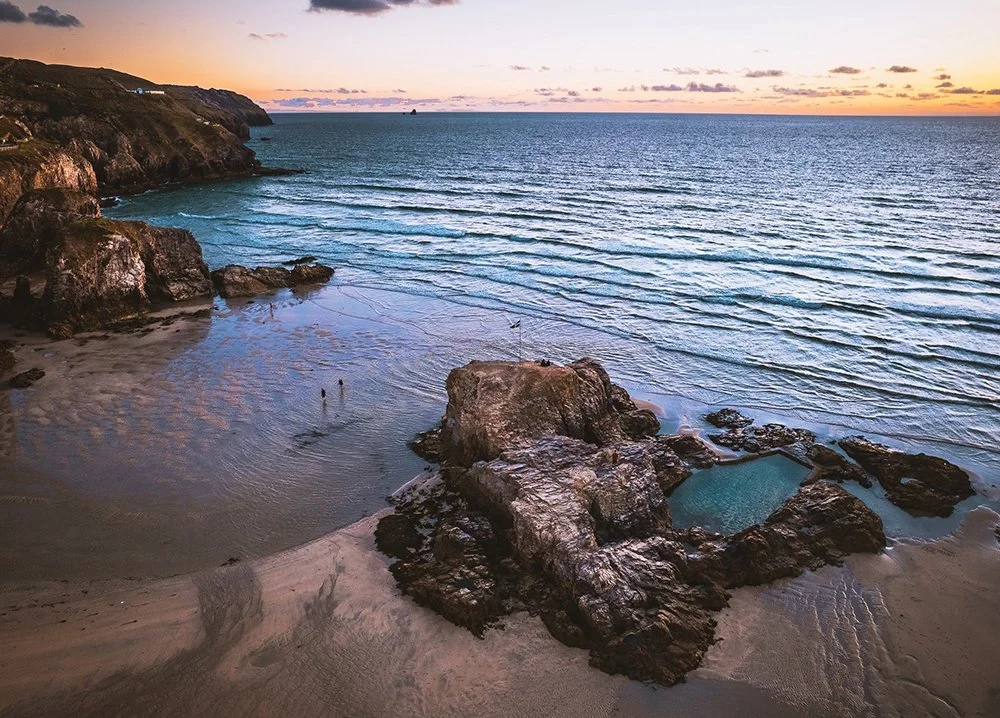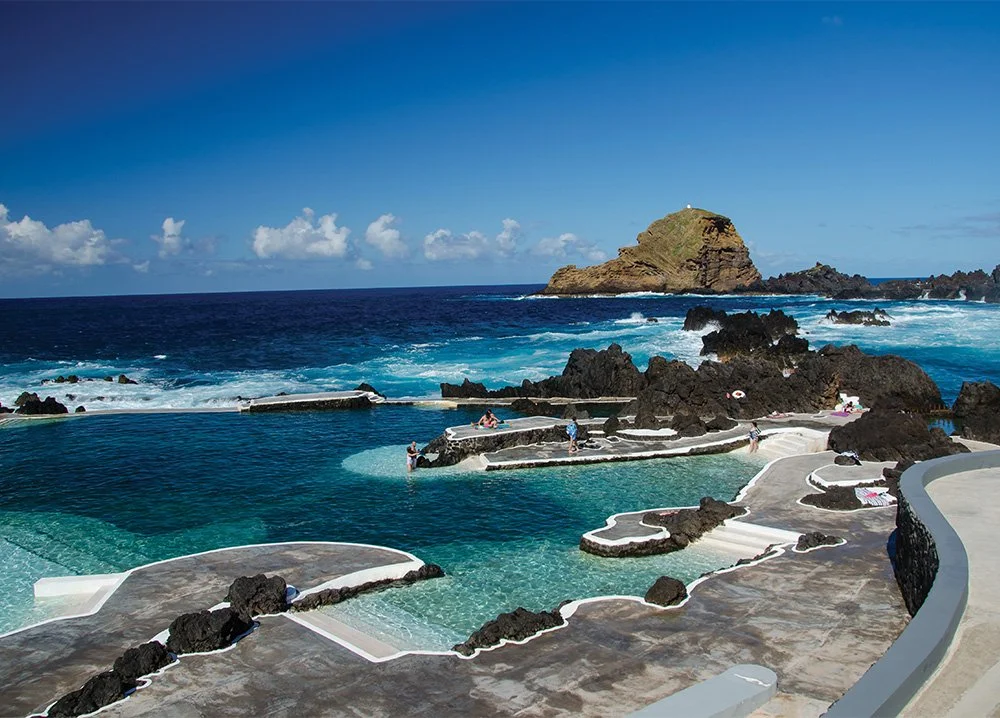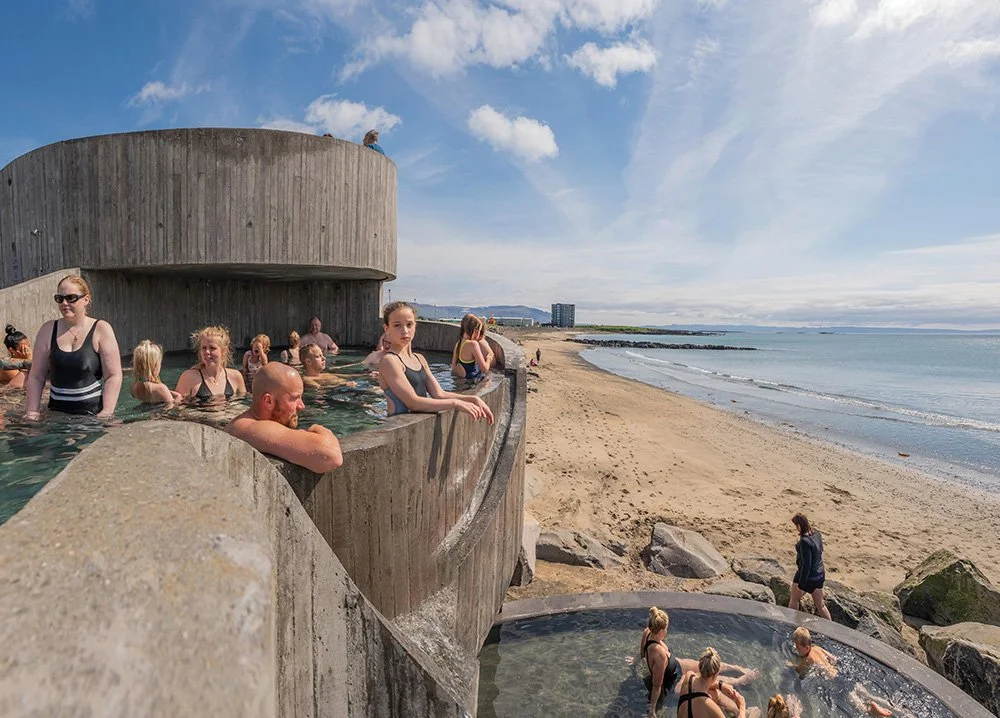Architecture at the edge of the sea
In almost every corner of the world, people seek out water not only to cleanse the body but to reconnect – with themselves, with others and with the environment. Outdoor bathing, in its many forms, is one of the most elemental experiences we have: to slip into natural water, feel the aliveness of the cold or warmth of underwater-fed heat, and momentarily dissolve into the landscape.
Over the years, this process has evolved alongside us, with human-created structures designed to amplify our experiences and bridge our connection to nature. From modest interventions like steps into a rock pool to sweeping sauna structures that frame the sea, architecture plays a subtle but powerful role in how we encounter the natural world. When done thoughtfully, design can enhance our intimacy with place, rather than distract from it.
Built forms can offer protection from the elements, invite contemplation or even deepen our awareness of the wildness around us. A bench where steam meets sea breeze. A window framing the horizon. A jetty that dares you to plunge. In each case, design helps shape how we experience, enjoy and engage.
In reality, these spaces don’t only link people to the landscape – they link us to each other. Whether in a cold plunge shared with strangers or a spontaneous chat between sauna rounds, bathing has long been a ritual of community. And architecture, when attuned to both human and ecological needs, helps make that possible.
The best structures don't dominate – they dissolve. They soften the boundary between indoors and out, providing just enough shelter or support while still leaving us thoughtfully exposed to the wind, sun and water.
They connect us to the tide and terrain to be immersed – literally and figuratively – and remember that we are not separate from nature, but part of it.
This relationship between bathing, nature and built form is best experienced in today’s design-led pools and bathhouses, where architecture embraces the elements. As witnessed in the destinations below, this can take many forms. But ultimately each is about structures and nature coming together and offering a bathing encounter rooted in both communion and contrast.
Kallbadhuset, Varberg, Sweden
An ornate wooden structure that seems to float on the icy sea, Varberg’s cold bathhouse is a century-old sanctuary of contrast: hot sauna, freezing water, stillness and chatter. Walk out along the jetty from the windswept shoreline and this century-old bathhouse appears like a mirage: golden-hued woodwork, Moorish domes, and waves lapping beneath its stilts.
Inside, locals pad barefoot across wooden floors, wrapped in towels, moving between sauna and sea with ease. Plunge into the Kattegat and the cold hits sharp before the exhilaration comes. Afterwards, swimmers gather with coffee and cinnamon buns on the sheltered veranda, cheeks flushed and ready for the day.
Chapel Rock Tidal Pool, Cornwall, United Kingdom
Carved into a natural rock base, this tidal pool in Perranporth fills and empties with the Atlantic’s rhythms. There’s little architecture here – just stone, sand and tide. But its quiet presence creates a gathering space all the same. Wild swimmers, families and passersby all share this pool, shaped equally by human hands and ocean forces. There’s no signage, no fanfare – just a quiet pocket of stillness where the ocean briefly pauses. Swimmers step carefully across the floor, bracing against the chill. Kids cannonball while others wade, letting the water wrap around their ankles. It’s not polished, but it doesn’t need to be – this is an amenity offered up with each retreating tide.
Porto Moniz Natural Pools, Madeira, Portugal
Carved into a lava field on Madeira’s north coast, these saltwater pools feel like a series of coves designed by the sea itself and only gently guided by human hands. Smooth white walkways curve through the black volcanic rock, leading to platforms where swimmers sunbathe between dips. The ocean crashes nearby, but within the pools, the water is calm and glassy. Built in the 1950s and lovingly maintained since, the pools are a civic gift: public, elemental and connected to place. It’s no wonder you’ll always find families floating, kids chasing fish and older couples easing into the water, hand in hand.
Guðlaug Baths, Akranes, Iceland
Perched at the edge of the North Atlantic in the coastal town of Akranes, Guðlaug is a striking example of minimalist Nordic design meeting elemental force. This tiered, open-air bathing structure spirals down from a warm top pool to cooler ones below, ending at the ocean. With concrete curves echoing the surrounding cliffs, and panoramic views across Faxaflói Bay, Guðlaug is as much a lookout as it is a soak. Locals and visitors alike gather here to embrace the Icelandic tradition of hot bathing in the cold weather, wind-lashed and open to the elements.
Words by Mitch Parker.

